I'm thinking of converting everything to wick watering
quinnfyre
14 years ago
Featured Answer
Sort by:Oldest
Comments (17)
lathyrus_odoratus
14 years agoRelated Professionals
Bellflower Landscape Architects & Landscape Designers · Fitchburg Landscape Architects & Landscape Designers · Fort Lee Landscape Architects & Landscape Designers · Williamsburg Landscape Contractors · Broomfield Landscape Contractors · Burlington Landscape Contractors · Commack Landscape Contractors · Coram Landscape Contractors · Hicksville Landscape Contractors · Mesa Landscape Contractors · National City Landscape Contractors · North Haven Landscape Contractors · Painesville Landscape Contractors · St. Louis Landscape Contractors · West Coon Rapids Landscape Contractorsirina_co
14 years agolilypad22
14 years agobarbcoleus
14 years agofred_hill
14 years agobarbcoleus
14 years agoavfriend
14 years agolathyrus_odoratus
14 years agoirina_co
14 years agolathyrus_odoratus
14 years agoquinnfyre
14 years agoirina_co
14 years agolathyrus_odoratus
14 years agoquinnfyre
14 years agolathyrus_odoratus
14 years agoirina_co
14 years ago
Related Stories

FUN HOUZZEverything I Need to Know About Decorating I Learned from Downton Abbey
Mind your manors with these 10 decorating tips from the PBS series, returning on January 5
Full Story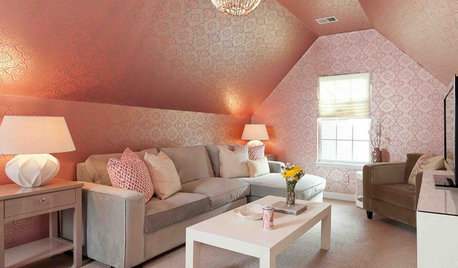
ATTICS7 Tips to Convert Your Attic Into an Extra Living Room
If "Keep it down; I'm trying to read!" or fights over the remote are de rigueur, it might be time to turn your attic into a second hangout
Full Story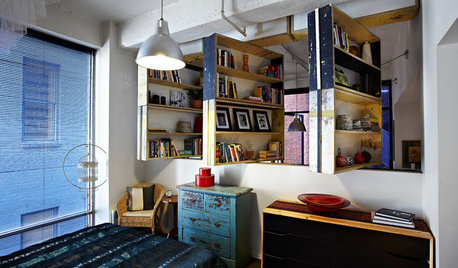
STORAGEWatch an Innovative Bookcase Convert Before Your Eyes
Judge the problem-solving ability of these rotating shelves for yourself, but we think it’s an open-and-shut case
Full Story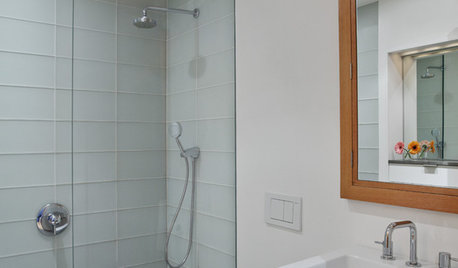
BATHROOM DESIGNConvert Your Tub Space to a Shower — the Planning Phase
Step 1 in swapping your tub for a sleek new shower: Get all the remodel details down on paper
Full Story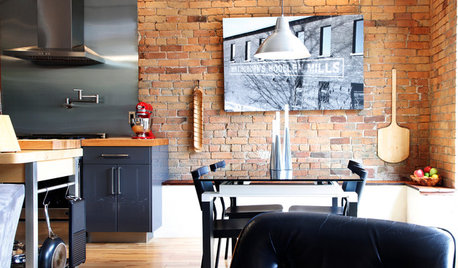
HOUZZ TOURSMy Houzz: Living and Painting in a Converted 1870 Woolen Mill
With a gallery, an art studio and river views, this industrial-style home in Canada is just right for its forward-thinking owners
Full Story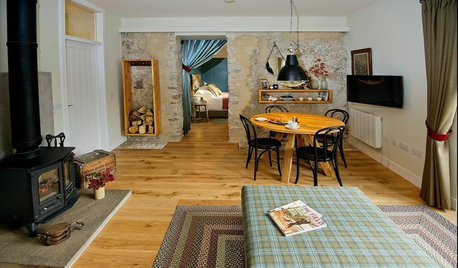
VACATION HOMESHouzz Tour: Glory Days Again for Converted Scottish Lighthouse
A dilapidated lighthouse on the shores of Loch Ness has been beautifully renovated to become 2 stylish vacation rentals
Full Story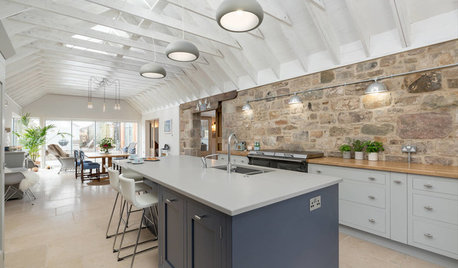
KITCHEN OF THE WEEKIndustrial Chic Kitchen in a Converted Scottish Barn
A muted palette, sleek cabinetry and cool industrial touches create an elegant family kitchen
Full Story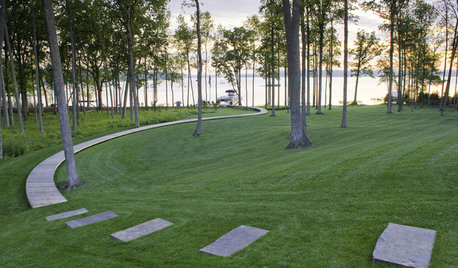
ARCHITECTUREThink Like an Architect: Know Your Homesite for a Great Design
Learn how to approach a building site the way professionals do — considering everything in sight
Full Story
BATHROOM DESIGNConvert Your Tub Space Into a Shower — the Tiling and Grouting Phase
Step 3 in swapping your tub for a sleek new shower: Pick the right tile and test it out, then choose your grout color and type
Full Story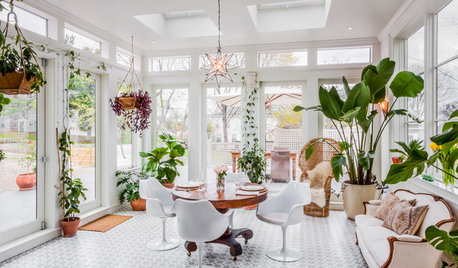
HOUZZ TOURSHouzz Tour: A New Conservatory Brightens a Converted Carriage House
A year in Barcelona and fond memories of London spur a new sunny addition and a whole-house refresh
Full Story





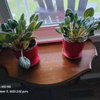
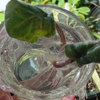
fred_hill